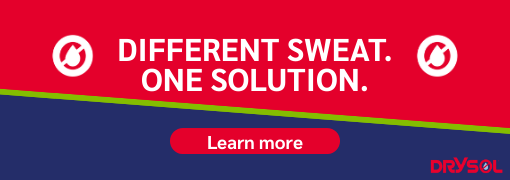-
Incontinence is not a disease, but actually a symptom of an underlying health problem. Unmanaged, it can lead to isolation, stigmatization, embarrassment, and even feelings of depression. The good news is that it can always be effectively managed, and very often cured.
-
In your body, the urinary tract consists of your kidneys (where the urine is formed), bladder (where urine is collected and stored), and tubes that connect it all to the outside. Many things can cause loss of bladder control - or incontinence. Incontinence can be temporary or ongoing. Temporary incontinence can result from: constipation urinary tract infections excessive alcohol consumption drinking a lot of beverages, or drinking fluids that can irritate the bladder, such as carbonated drinks, drinks containing caffeine, citrus fruits and juices, and decaffeinated tea and coffee some medications, such as medications to treat the common cold, allergies, depression, pain, blood pressure, or heart conditions, water pills (diuretics), decongestants, and muscle relaxants Ongoing incontinence can result from: an overactive bladder muscle obstructions in the urinary tract - such as urinary stones weak pelvic floor muscles weakness in the urinary sphincter (the valve that c
-
The most common types of incontinence are: stress urge overflow mixed Stress incontinence Stress incontinence is by far the most common type of incontinence, and it can almost certainly be cured, if not effectively treated. Stress incontinence refers to bladder leakage resulting from weak pelvic muscles.
-
While there are several types of urinary incontinence, the three types most commonly seen by doctors are: stress incontinence - brought on by sudden, strenuous movements or activities urge incontinence -a frequent, sudden, and strong need to urinate overflow incontinence - a feeling that your bladder is always partially full, accompanied by dribbling of urine when urinating, or urinating in small amounts If you think you or a loved one may have incontinence, the assessment tool below can help you determine the type.
Additional Resources

